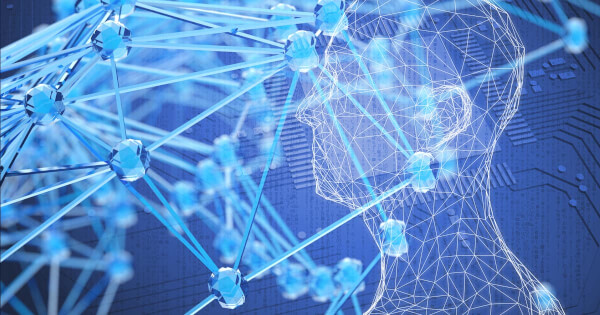AI Image Editing: The Rise of Unified Concept Editing in Diffusion Models
Massar Tanya Ming Yau Chong Jan 24, 2024 07:00
Exploring the groundbreaking advancements in AI with Unified Concept Editing in diffusion models, offering enhanced precision and control in image editing.

The field of AI and machine learning has witnessed a significant advancement in image editing and generation techniques. Among these, diffusion models have emerged as a powerful tool, offering unparalleled capabilities in generating high-quality images. A notable development in this domain is the introduction of 'Unified Concept Editing' in diffusion models, a groundbreaking approach that allows for enhanced control and precision in image manipulation.
The Challenge of Image Editing in Diffusion Models
Diffusion models operate by gradually denoising an image, starting from a random noise distribution. This process, while effective for image generation, poses unique challenges when it comes to image editing. Traditional text-to-image diffusion frameworks often struggle with controlling visual concepts and attributes in generated images, leading to unsatisfactory results. Moreover, these models typically rely on direct text modification to control image attributes, which can drastically alter the image structure. Post-hoc techniques, which reverse the diffusion process and modify cross-attention for visual concept editing, also have limitations. They support only a limited number of simultaneous edits and require individual interference steps for each new concept, potentially introducing conceptual entanglement if not carefully engineered.
High-Fidelity Diffusion-based Image Editing
To address the challenges in diffusion models, recent advancements have focused on achieving high-fidelity in image reconstructions and edits. A common issue with diffusion models is the distortion in reconstructions and edits due to a gap between the predicted and true posterior mean. Methods like PDAE have been developed to fill this gap by shifting the predicted noise with an extra item computed by the classifier’s gradient. Furthermore, a rectifier framework has been proposed to modulate residual features into offset weights, providing compensated information to help pretrained diffusion models achieve high-fidelity reconstructions.
Concept Sliders: A Game Changer
A promising solution to these challenges is the introduction of 'Concept Sliders'. These lightweight and user-friendly adaptors can be applied to pre-trained models, enhancing control and precision over desired concepts in a single inference pass with minimal entanglement. Concept Sliders also allow editing of visual concepts not covered by textual descriptions, a significant advancement over text-based editing methods. They enable end-users to provide a small number of paired images that define a desired concept. The sliders then generalize this concept and automatically apply it to other images, aiming to enhance realism and correct distortions such as in hands.
The Future of Image Editing
The development of Unified Concept Editing and Concept Sliders marks a significant step forward in the realm of AI-driven image editing. These innovations not only address the limitations of current frameworks but also open up new possibilities for more precise, realistic, and user-friendly image editing. As these technologies continue to evolve, we can expect even more sophisticated and intuitive tools for both professional and amateur creators alike.
Image source: Shutterstock